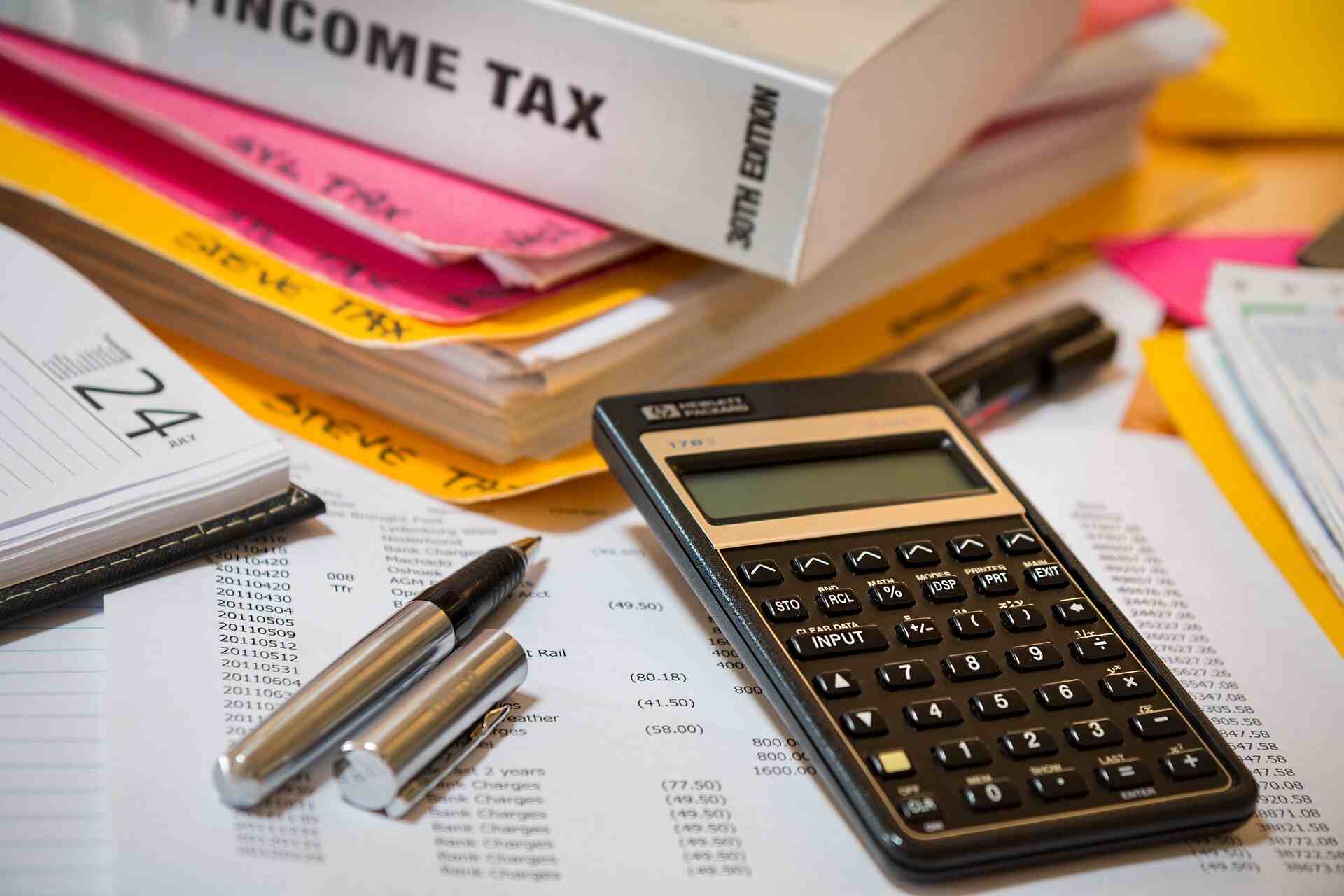Don't Be Left Behind: The Latest Trends in Building Modernisation
- 05 Apr 2024
- Articles
Building modernisation is not just a passing fad; it is a crucial upgrade to keep your building competitive and functional in today's fast-paced world. As technology evolves at breakneck speed, retrofitting old structures with the latest advancements has become more of a necessity than an option. From energy-efficient systems to smart automation, modernising your building can significantly reduce operating costs, enhance safety, and improve the overall user experience.
You might be asking yourself, "Why is it so important to keep up with these trends?" The answer lies in the benefits that modernisation brings. Integrating the latest tech and design innovations can make your building more attractive to tenants and visitors, which is key in a market where comfort, convenience, and sustainability are highly valued. Plus, staying ahead of the curve positions you as a leader rather than a follower in the competitive real estate market.
Navigating through the plethora of modernisation options can be overwhelming, but it's essential to make informed decisions. Smart building technologies, energy management systems, and improved connectivity are just the tip of the iceberg. Keeping in tune with these trends ensures that your building remains relevant and adheres to emerging regulations and standards. Stay informed, stay modern, and don't be left behind in the race to the future of buildings.
The Rise of Smart Buildings
Smart buildings are revolutionising the way you live and work, offering unprecedented levels of control, comfort, and efficiency. Let's dive into how they're doing it.
Integrating IoT in Modern Architecture
The heart of a smart building is its interconnectedness, made possible by the Internet of Things (IoT). Your building can now have sensors and devices that communicate seamlessly. For example:
-
Temperature Control: Thermostats adjust climate based on real-time occupancy data.
-
Lighting: Lights turn on and off, sensing human presence, conserving energy.
-
Security: Access control systems recognise tenants and visitors, ensuring safety and convenience.
Energy Efficiency and Sustainability
Your smart building isn't just convenient; it's a sustainability champion. With energy-efficient strategies, you're not just saving money; you're also protecting the environment. Consider the following points:
-
Sustainable Materials: Usage of recycled and low-carbon materials in construction
-
Smart Meters: Real-time energy consumption tracking, allowing for immediate adjustments
-
Green Spaces: Integration of living plants to improve air quality and building aesthetics
Revolutionising Spaces with Automation
Automation is transforming how you interact with the spaces you live and work in. It's all about optimising convenience, energy efficiency, and comfort.
Adaptive Lighting Systems
Imagine walking into a room that adjusts its lighting based on the time of day and the kind of task you're performing. That's what adaptive lighting systems are designed to do. They use sensors to detect natural light levels and occupancy, then automatically adjust the brightness and colour temperature of the room's lights.
-
Benefits: Save on energy costs, enhance mood, and improve productivity.
-
Types of Controls:
-
Occupancy sensors
-
Daylight harvesting
-
Time-based schedules
Advanced Climate Control
Your comfort in a space isn't just about the temperature—it's also about the quality of the air you breathe. Advanced climate control systems are smart enough to learn your preferences and can be managed remotely through your smartphone.
-
Features:
-
Smart Thermostats: Adjust heating and cooling based on your schedule
-
Air Quality Sensors: Monitor and report on the air you're breathing
-
Energy Reports: Give insight into your usage so you can make better choices
By embracing these automation technologies, your modernised space not only becomes more intuitive to your needs but also more eco-friendly.
Improving User Experience
The user experience in modern buildings goes beyond aesthetics; it's about creating environments that are accessible and conducive to well-being. When you modernise existing lifts with the help of experts such as Caledonian Lifts Manchester, it ensures seamless access for everyone, enhancing the functionality and user-friendliness of the building. This step not only meets accessibility standards but also reflects a commitment to comprehensive modernisation that meets current safety standards and regulations.
Enhancing Accessibility
Your ease of access is a top priority in modern building design. Architects and designers are now incorporating:
-
Automatic doors that ensure smooth entry and exit
-
Elevators with braille and voice announcements, catering to visual and hearing impairments
-
Ramps alongside steps for wheelchair users
Innovative Design for Well-Being
To boost your mental and physical health, innovative design features include:
-
Natural light optimisation, reducing reliance on artificial lighting, which can enhance your mood and productivity
-
Soundproofing materials that minimise noise pollution, creating a quieter and more peaceful environment
Future-Proofing with Flexibility
Investing in flexible building strategies today can save you from costly overhauls tomorrow.
Modular Construction Methods
Modular construction offers the adaptability to alter or expand your space as needed. Imagine building blocks which you can reconfigure depending on emerging needs or trends. For instance, an office can easily transform into collaborative spaces or residential units, ensuring your building remains current and functional. Alternatively, education buildings have also adapted modular construction, which means easier installation with little to no disruption of school classes or activities.
Adaptable Layouts
Clever design is all about making spaces that can evolve with your lifestyle or business. Think of walls that can slide, or rooms that can be subdivided, giving you the freedom to adapt your environment without starting from scratch. This approach not only increases the longevity of a building but it also supports constant innovation in its use. Certified technicians and engineers emphasise that routine maintenance alongside an adaptable infrastructure is crucial for long-term building efficiency and safety.
Modernising buildings is essential to staying competitive and sustainable in the modern landscape, incorporating smart technology, energy efficiency, and adaptable designs to enhance functionality and user experience. Embracing these trends, like integrating IoT for smarter control or consulting experts for specific upgrades such as Caledonian Lifts Manchester for lift modernisation, ensures buildings remain relevant, efficient, and attractive to occupants. Investing in these advancements not only meets current standards but also anticipates future needs, securing a building's value and appeal long-term.








